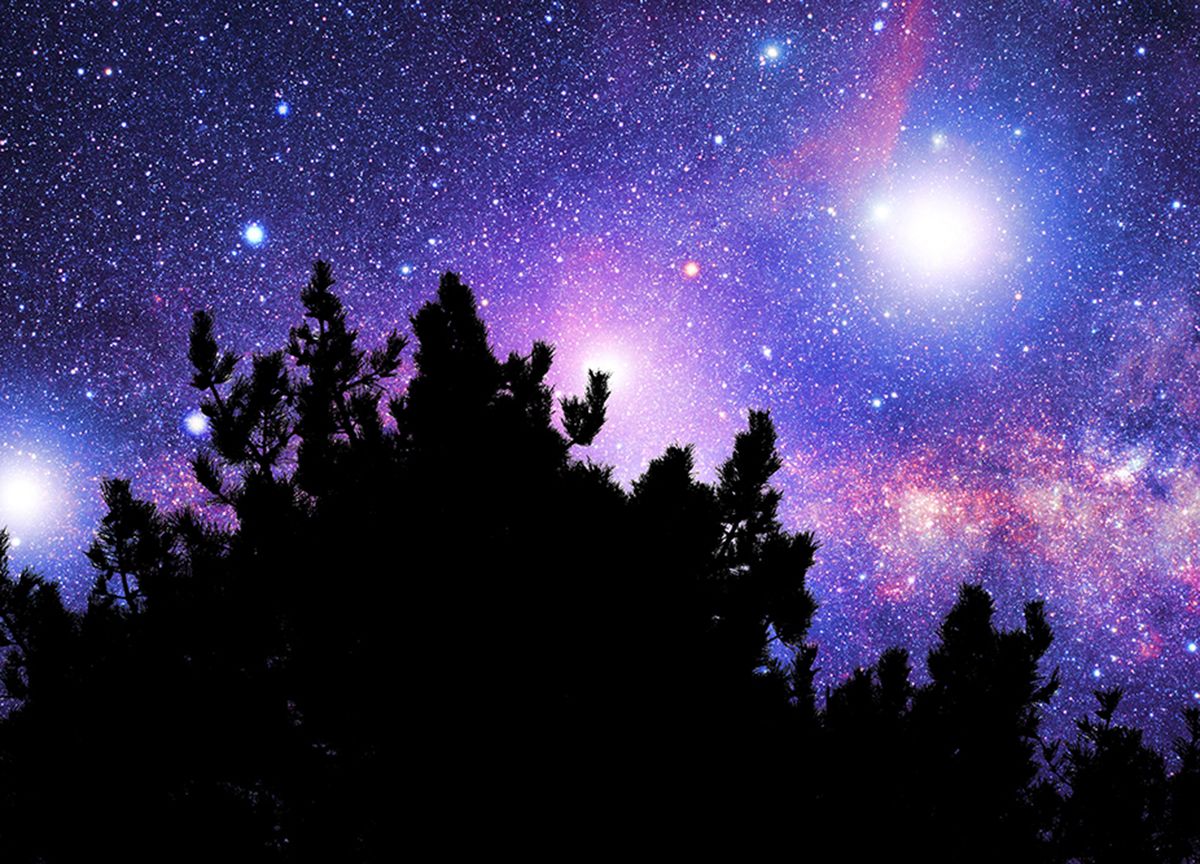
Overview
This course, intended for non-specialist students, will provide an overview of astronomy beyond the Solar System. Topics will include: the formation, nature, and evolution of the stars; stellar deaths, including novae, supernovae, white dwarfs, neutron stars, pulsars, and black holes; the interstellar medium; the Milky Way Galaxy; normal and active galaxies and large scale structure in the universe; and modern ideas in cosmology and the early universe.
Learning Outcomes
Upon successful completion of this course students will be able to:
- Describe the observable universe and the stars as its building blocks.
- Explain the life-cycle of stars and the sources of energy within them as they evolve from newly-formed objects to their final end-states as white dwarfs, neutron stars, pulsars, novae, supernovae, and black holes.
- Describe the historical developments that led to the understanding that the universe is filled with myriads of galaxies, of which our own Milky Way is just one, and that the entire cosmos is in a state of accelerating expansion.
- Explain the discoveries and observations that led to our current understanding of the origin of the universe in a Hot Big Bang.
- Consider the prospects for and the implications of multi-universes or parallel universes, both in astrophysical and philosophical/personal terms.

